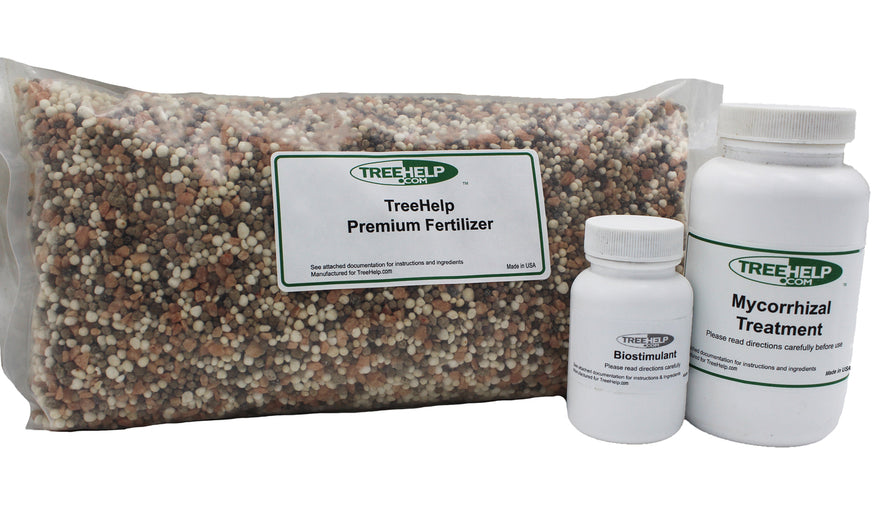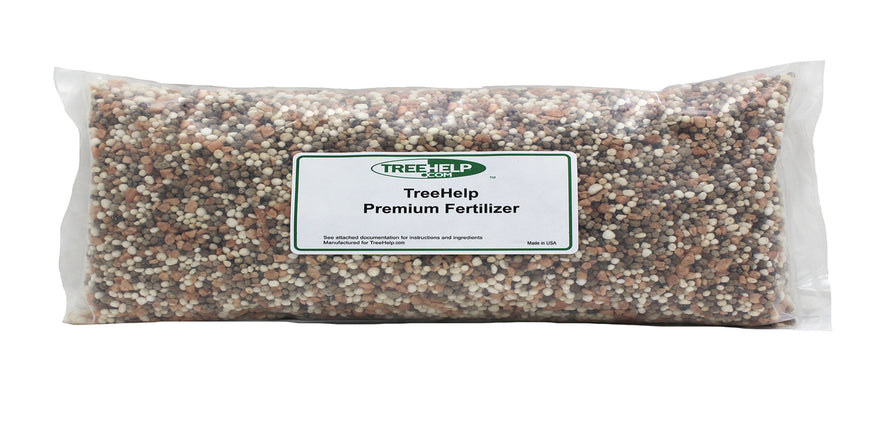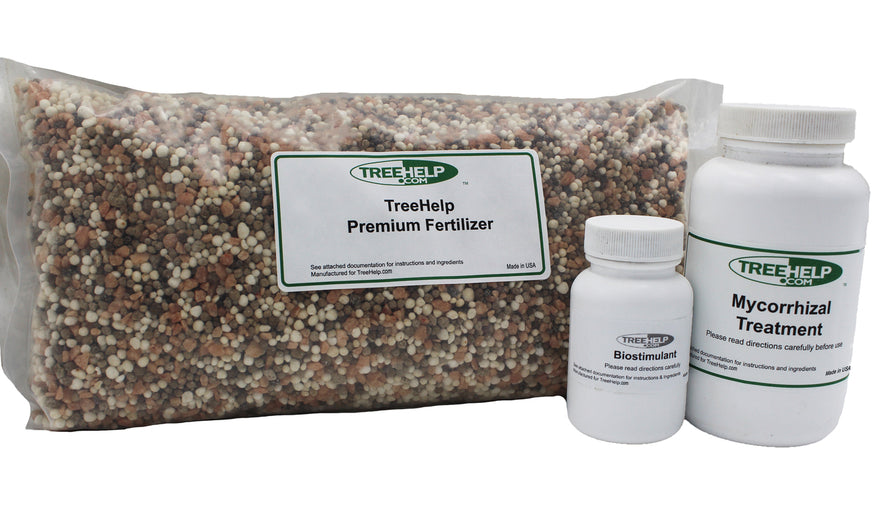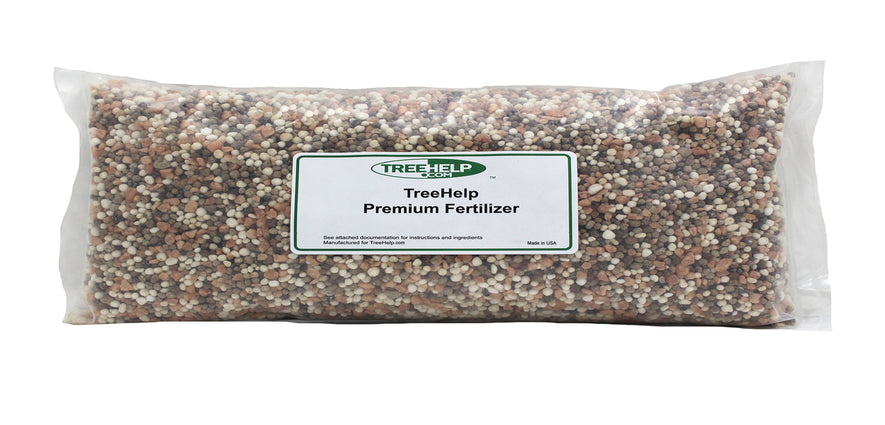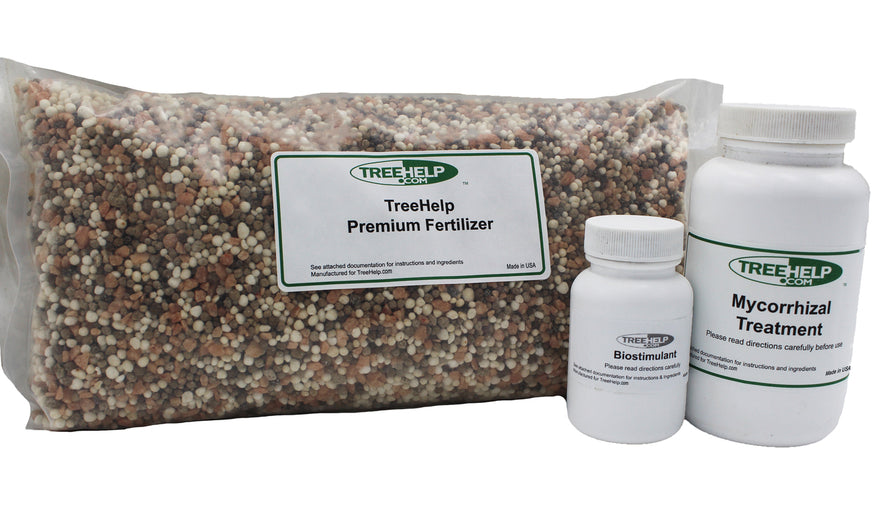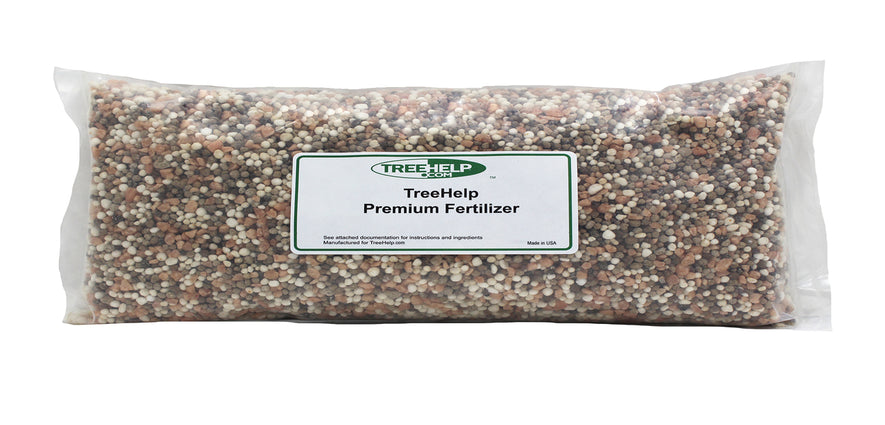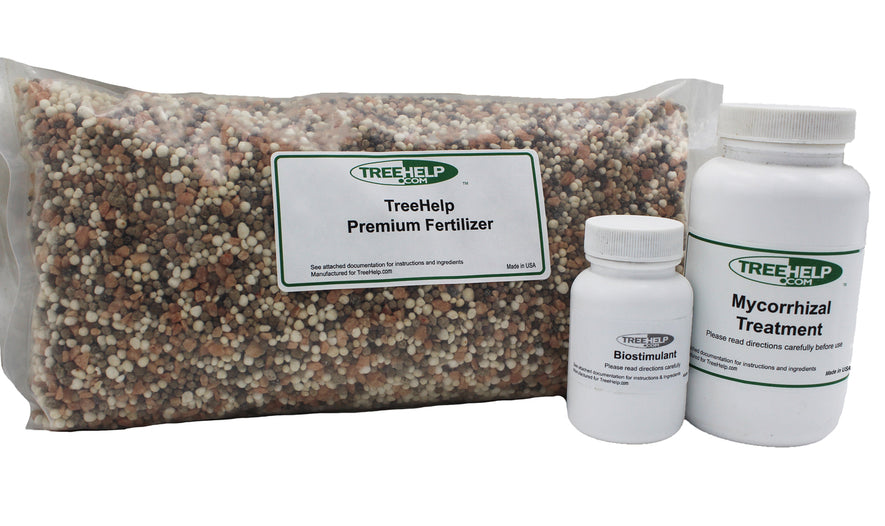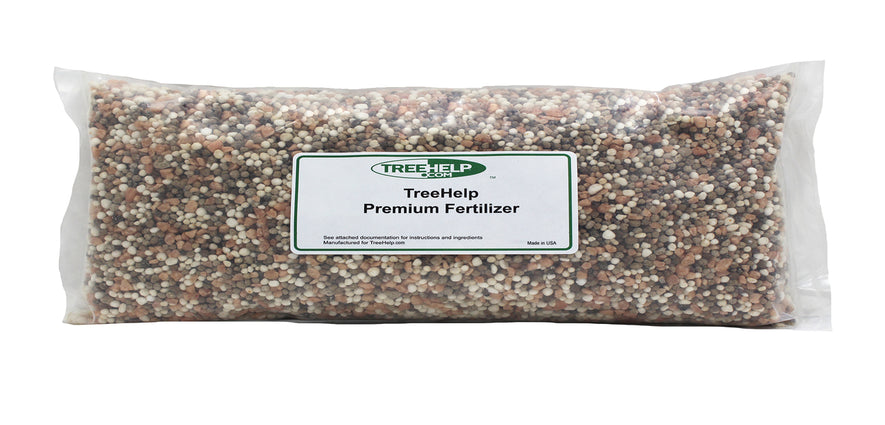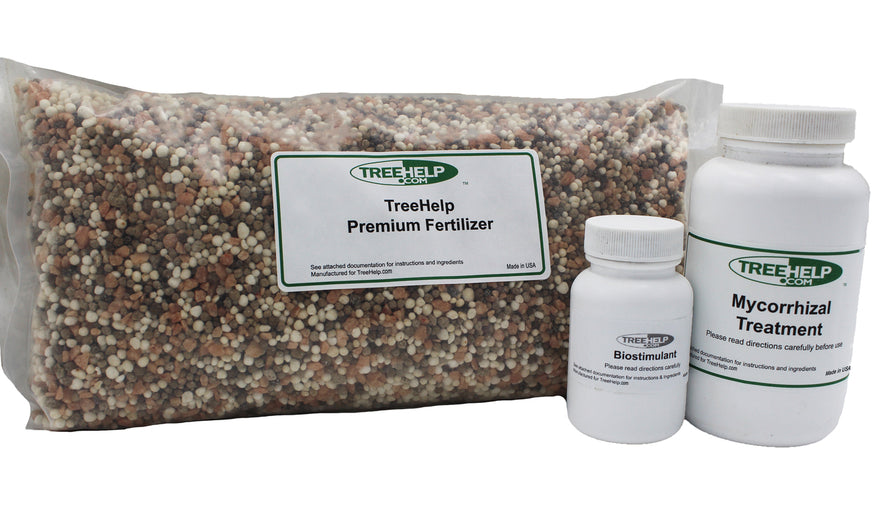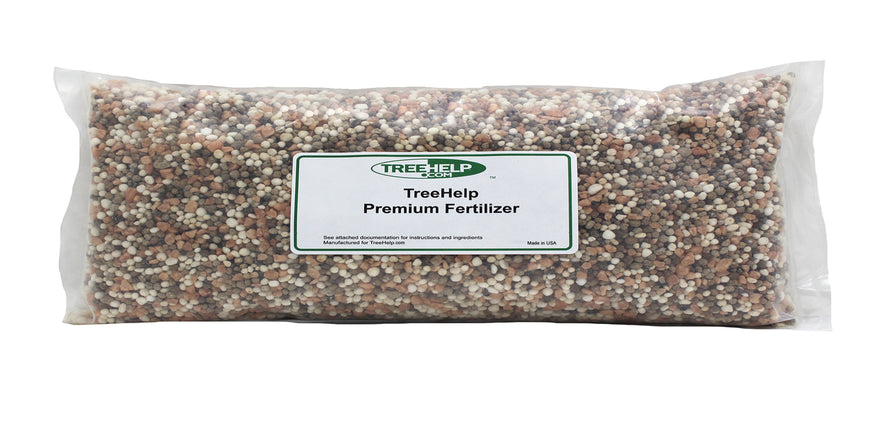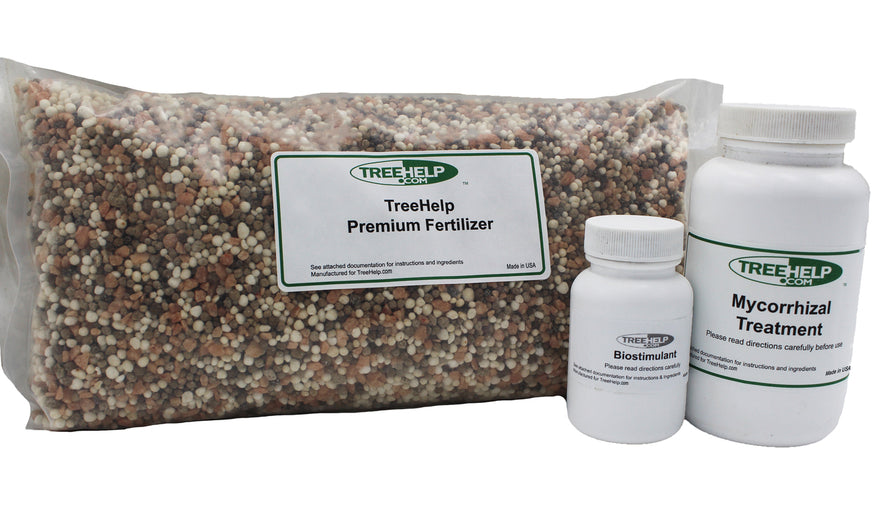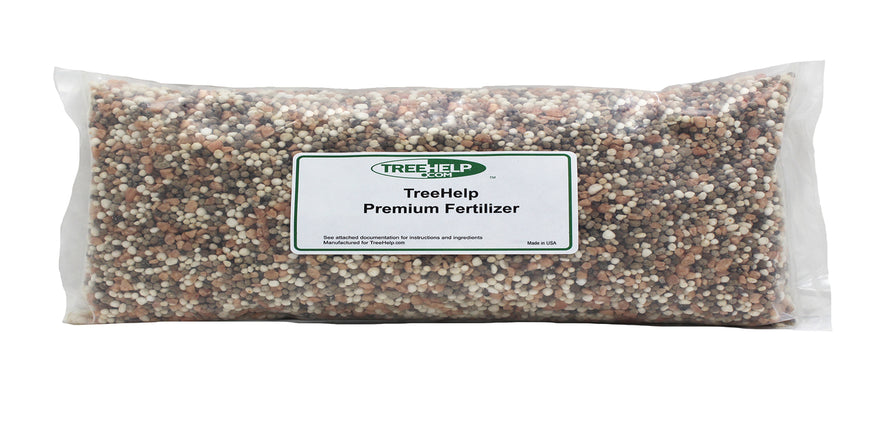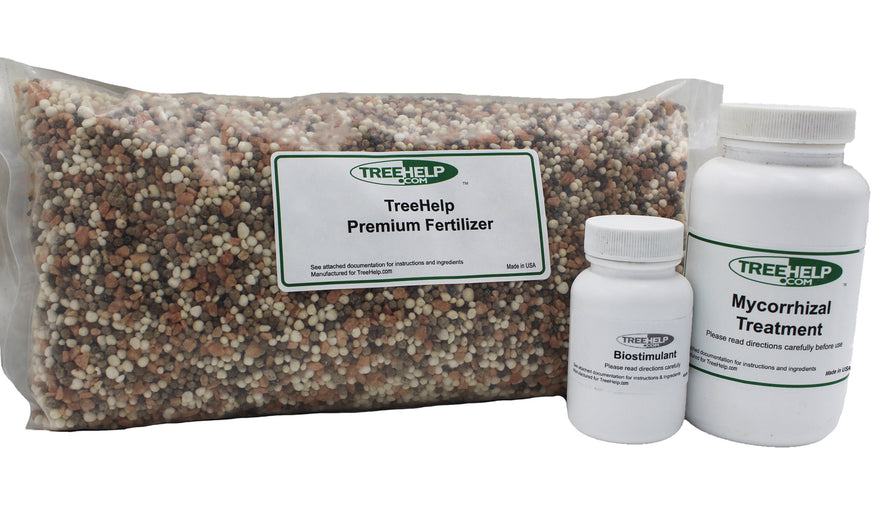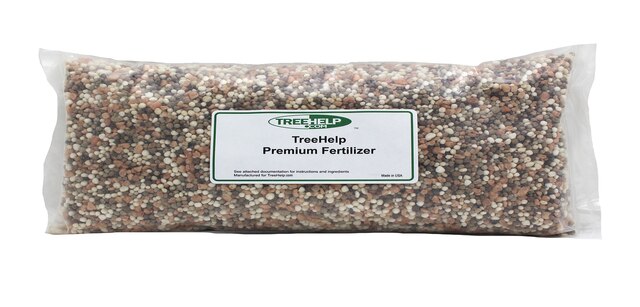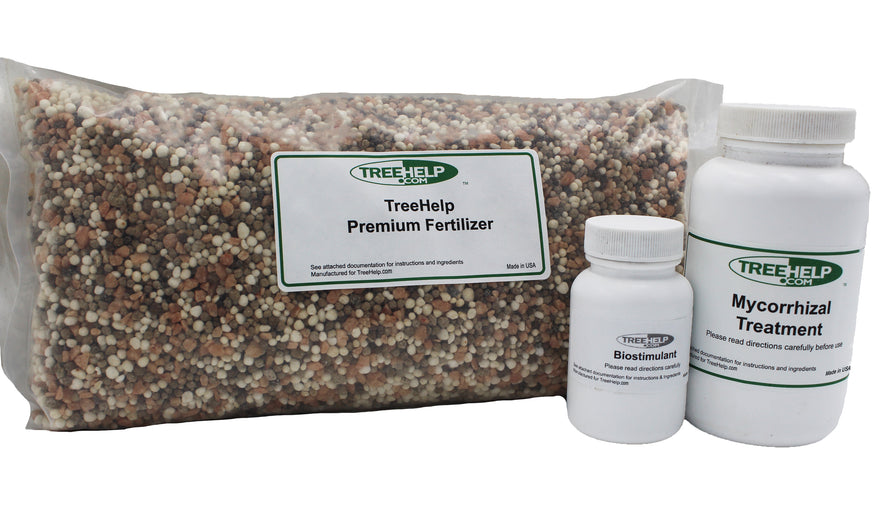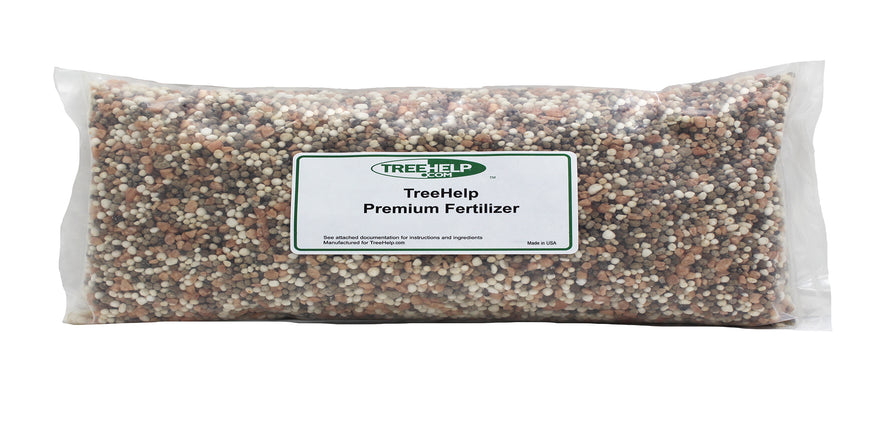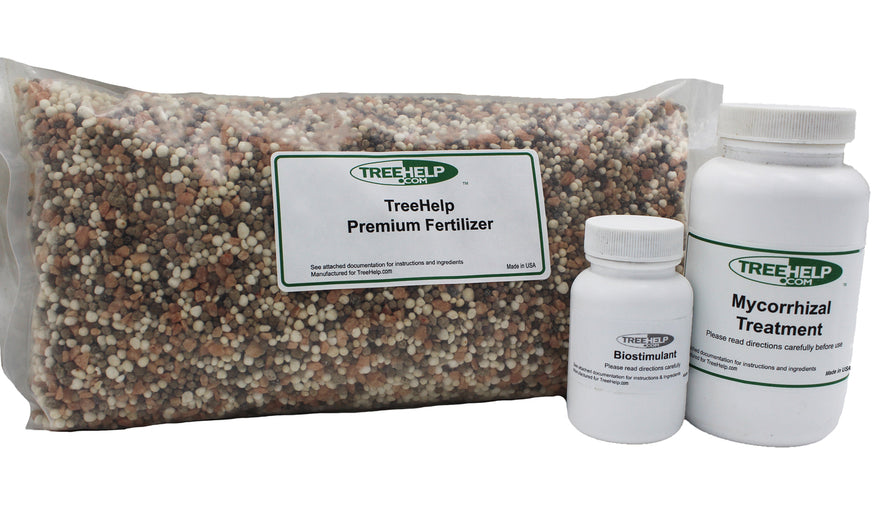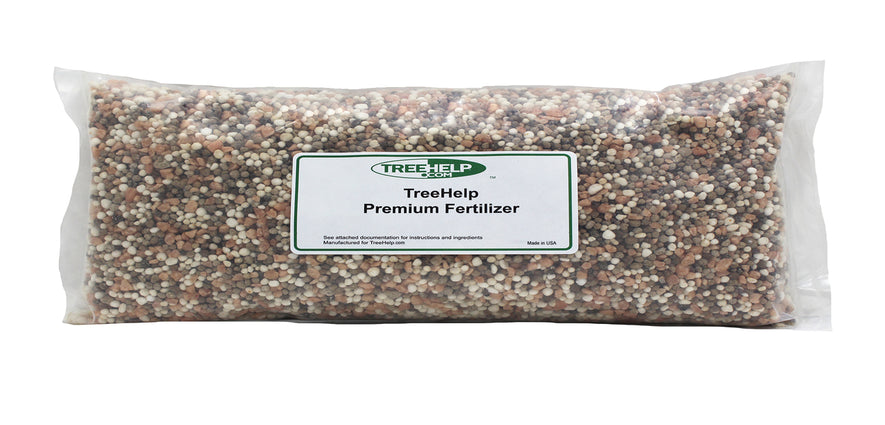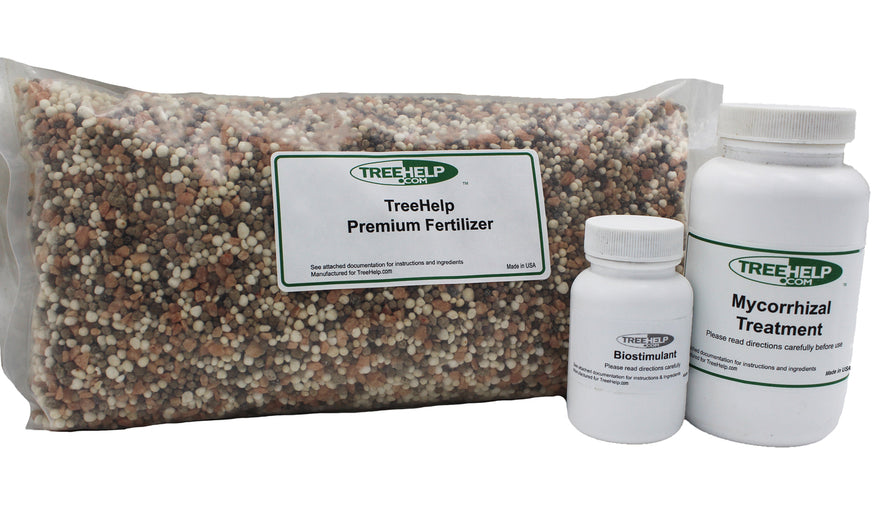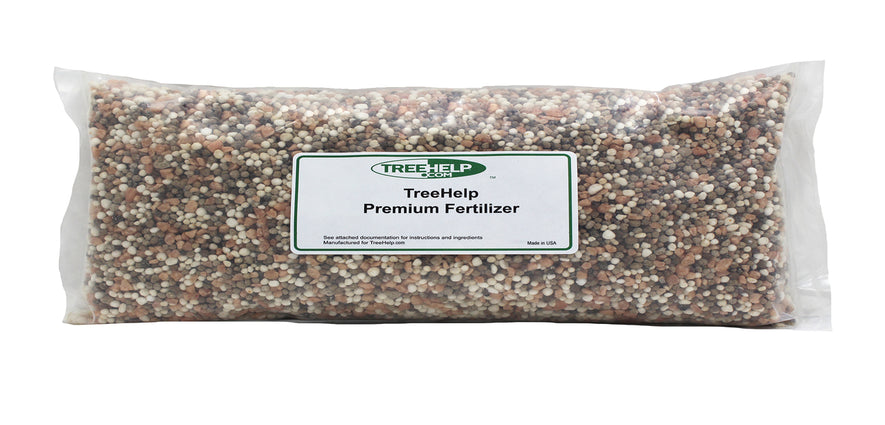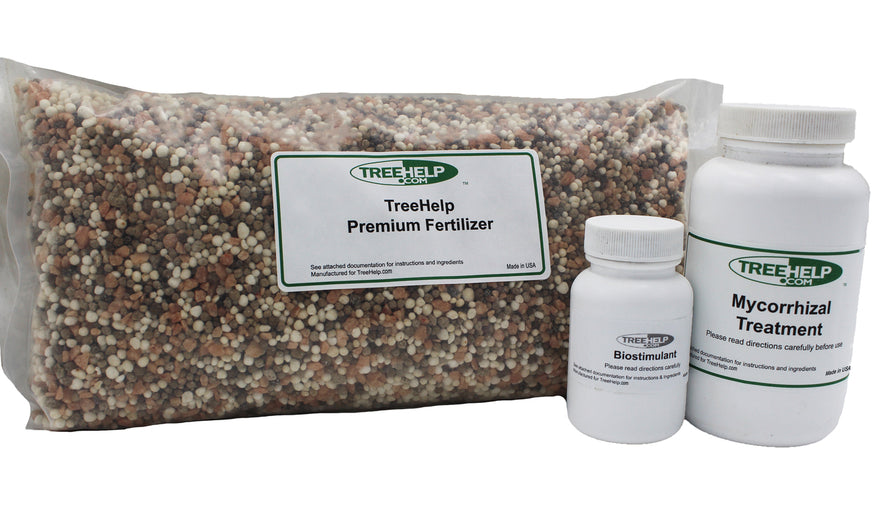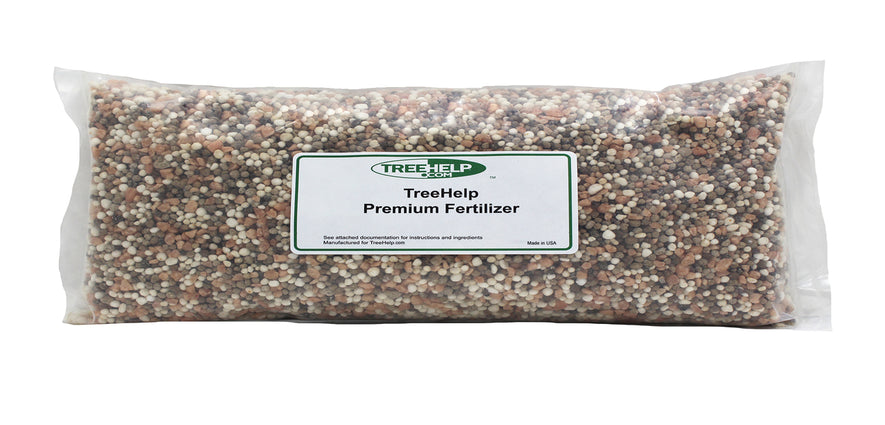-
TreeHelp Annual Care Kit: Hazelnut TreeHelp developed easy-to-use Annual Care Kits to help homeowners maintain healthy and vibrant Hazelnut trees. TreeHelp Annual Care Kits for...
- Regular price
- $33.95
- Regular price
-
- Sale price
- $33.95
- Unit price
- per
-
TreeHelp Annual Care Kit: Douglas-fir TreeHelp developed easy-to-use Annual Care Kits to help homeowners maintain healthy and vibrant Douglas-fir trees. TreeHelp Annual Care Kits for...
- Regular price
- $33.95
- Regular price
-
- Sale price
- $33.95
- Unit price
- per
-
TreeHelp Annual Care Kit: Boxelder TreeHelp developed easy-to-use Annual Care Kits to help homeowners maintain healthy and vibrant Boxelder trees. TreeHelp Annual Care Kits for...
- Regular price
- $33.95
- Regular price
-
- Sale price
- $33.95
- Unit price
- per
-
TreeHelp Annual Care Kit: Basswood TreeHelp developed easy-to-use Annual Care Kits to help homeowners maintain healthy and vibrant Basswood trees. TreeHelp Annual Care Kits for...
- Regular price
- $33.95
- Regular price
-
- Sale price
- $33.95
- Unit price
- per
-
TreeHelp Annual Care Kit: Baldcypress TreeHelp developed easy-to-use Annual Care Kits to help homeowners maintain healthy and vibrant Baldcypress trees. TreeHelp Annual Care Kits for...
- Regular price
- $33.95
- Regular price
-
- Sale price
- $33.95
- Unit price
- per
-
TreeHelp Annual Care Kit: Mountain Ash TreeHelp developed easy-to-use Annual Care Kits to help homeowners maintain healthy and vibrant mountain ash trees. TreeHelp Annual Care Kits...
- Regular price
- $33.95
- Regular price
-
- Sale price
- $33.95
- Unit price
- per
-
TreeHelp Annual Care Kit: Ninebark Shrub TreeHelp developed easy-to-use Annual Care Kits to help homeowners maintain healthy and vibrant Ninebark ShrubTreeHelp Annual Care Kits for Ninebark Shrub provide...
- Regular price
- $33.95
- Regular price
-
- Sale price
- $33.95
- Unit price
- per
-
TreeHelp Annual Care Kit: Ironwood TreeHelp developed easy-to-use Annual Care Kits to help homeowners maintain healthy and vibrant Ironwood trees.TreeHelp Annual Care Kits for Ironwood provide...
- Regular price
- $33.95
- Regular price
-
- Sale price
- $33.95
- Unit price
- per
-
TreeHelp Annual Care Kit: Sweet Gum TreeHelp developed easy-to-use Annual Care Kits to help homeowners maintain healthy and vibrant Sweet Gum trees. TreeHelp Annual Care Kits...
- Regular price
- $33.95
- Regular price
-
- Sale price
- $33.95
- Unit price
- per
-
TreeHelp Annual Care Kit: Sumac TreeHelp developed easy-to-use Annual Care Kits to help homeowners maintain healthy and vibrant Sumac trees. TreeHelp Annual Care Kits for...
- Regular price
- $33.95
- Regular price
-
- Sale price
- $33.95
- Unit price
- per
-
TreeHelp Annual Care Kit: Smoketree TreeHelp developed easy-to-use Annual Care Kits to help homeowners maintain healthy and vibrant Smoketree trees. TreeHelp Annual Care Kits for...
- Regular price
- $33.95
- Regular price
-
- Sale price
- $33.95
- Unit price
- per
-
TreeHelp Annual Care Kit: Russian Olive TreeHelp developed easy-to-use Annual Care Kits to help homeowners maintain healthy and vibrant Russian Olive trees. TreeHelp Annual Care Kits...
- Regular price
- $33.95
- Regular price
-
- Sale price
- $33.95
- Unit price
- per
free shipping on most orders over $125 - $7.95 FLAT RATE ON ALL OTHER ORDERS!






